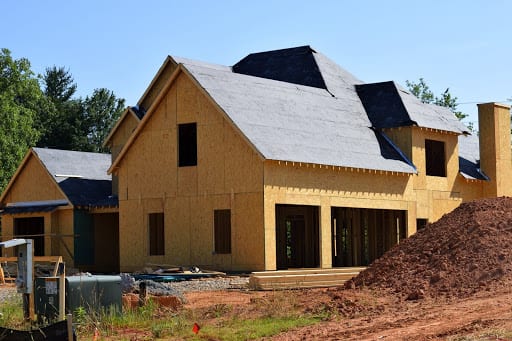

construction industry
The construction materials cost has been rising most especially when the Covid-19 pandemic has started, and the price increase marks a significant impact on the residential construction industry. Everything from cement, lumber, insulation materials and asphalt has been soaring in price while the home building industry is heated up.
Part of the reason is that they constrained the supplies in addition to the high demand. Several suppliers cut their production output when the pandemic started because they expected that the subsequent economic disruption would cause a severe demand reduction.
But the expectation of the demand drop never occurred. In almost all parts of the country, they consider construction as essential, avoiding sustained shutdowns. However, renovations and the home building construction industry have been leaders in the post-pandemic economy. At the same time, people flee some crowded cities and move to the outlying district of a city or suburbs in search of space.
Fuel prices have all helped with most building supplies, with three materials leading the charge: copper, lumber, and steel.
Copper
The price of copper also increases because of the disruptions of the pandemic, supply shortages, and demand growth. Cooper is an effective conduit and widely used in commercial and residential electrical grids and in most renewable energy sources systems to generate thermal, hydro, wind, and solar energy power systems.
The demand expectations for copper materials will remain high as infrastructure spending also increases globally, specifically the clean energy system. With the United States Government, proposed infrastructure bill on green energy initiatives like carbon footprint reduction, the demand for copper appears to be sustainable.
In early April this year, 2021, Chile renewed its border protocols and called the mining sector to implement new safety measures to avoid the spread of the Corona-19 Virus, including the restrictions of the travel permits. And it shocks the chain and supply of copper globally and adds to the price hike of copper materials.
Lumber
Over the past year, lumber prices have skyrocketed over the pandemic highs up more than 75%. The remodeling and housing indices from the National Association of Home Builders have hit record highs following initial drops during the start of the pandemic.
The prices have no abating signs in the middle of the surge in home building projects by the receipt of stimulus, higher consumer saving and money because of the restriction of stay at home. Remote working has also supported the trend, with several people forced to work, live and play at home.
In addition to the lumber supply squeeze, last fall, wildfires struck at the Pacific Northwest, burning through the slated forest for the market. Many suppliers and construction companies have outsourced to central Europe to fulfill lumber demands and orders. The Forest Economic Advisors states that it expects imports of lumber in the United States to rise from 14% up to 15% for 2021.
At the same time, industry lobbyists have urged the federal government to step in to help curb costs for consumers, with proposals including immediate remedies to suppliers to boost production and reductions on import tariffs to reduce lumber prices.
While, industry lobbyists urged the federal government to help cost curbs for the consumer, with the proposal of immediate supplier remedies such as reducing import tariffs and boosting their productions to minimize the lumber price hike.
Steel
Unlike copper and lumber, when the Covid-19 pandemic started, primarily steel increased its price because of the slowdown in supply. Several steel plant producers anticipate that the market will become soft and push them to idle their furnaces when the pandemic strikes. But the expectation of slowing down on demand for steel in the market has never occurred, such as equipment roof hatches. Instead, the need has rebound as the manufacturing sector during the recession led the economy out of the depths.
Even with the demand surge, the capacity level of steel mill production remains lower than averages in the prior year. The American Iron and Steel Institute data shows that the steel production capacity was at an average of 76.6% and then down to 7.6% from 2020 levels. Together with tariffs on steel, these issues have resulted in U.S. steel prices being significantly higher than global steel prices.
Steel manufacturers have asked the government to minimize the tariffs to prevent passing the added costs to the consumers. At the same time, some manufacturers elected to import steel with a tax of 25% because it's cheaper than the elevated price of domestic steel products.
Shipping costs
In addition to the higher commodity prices, domestic manufacturers and producers are now facing an increase in the cost of shipping for cargo going to the United States. U.S. goods demand has outstripped the container's availability in Asia to carry them to the U.S. and results in higher shipping rates. The outcome is an extended delay at seaports in America, as the ships wait to unload the cargo and the importers struggle to look for empty containers to send to Asia.
These factors create havoc on logistics companies, and construction materials are no exemption from these challenges from the logistics layer on more costs on top of already higher prices of the materials.
For the construction companies, higher shipping and material cost adds margin pressure. In the previous year, the pricing demand for construction services increased only 2%. It means that the construction companies absorb the costs without passing them to the clients or customers.
